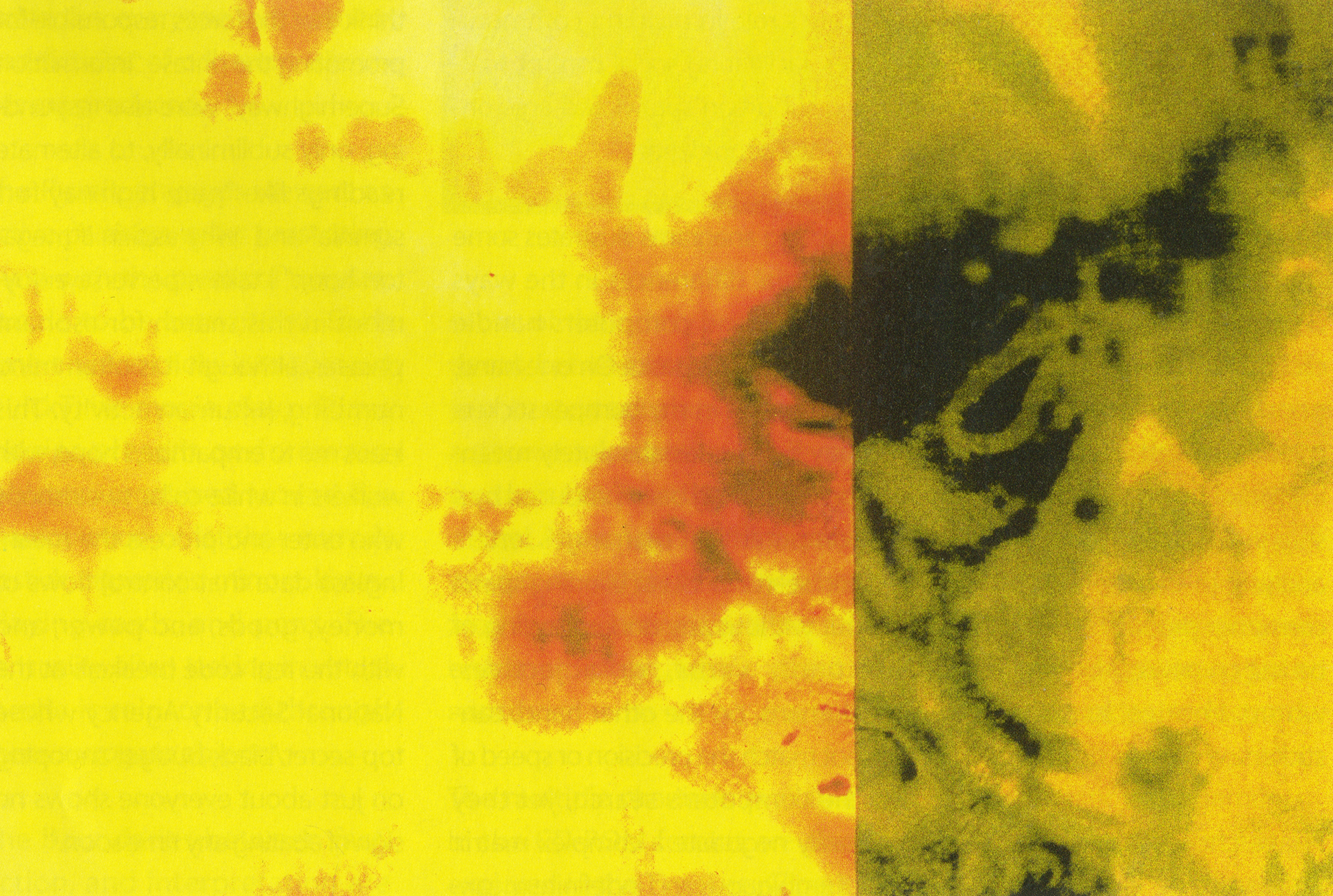Ante Magzan: Come in…
Artist(s):
Title:
- Come in...
Exhibition:
Creation Year:
- 1996
Category:
Keywords:
Artist Statement:
Come in… is an interactive installation that involves video, audio, animation, and interactive work combined into one piece. It is my visualization of “how art should be experienced by the viewer.” The person who is experiencing it should be separated from the outside environment as much as possible. The viewer should have a complete experience of the work and should also experience the process that goes into making that work. The process of creating art is as important as the final art piece.
With the rapid commercialization of computer graphics, many artists were seduced by the finesse of technology. Their only concern was to attain the final product. The process was not as important, and most of the time the viewer did not even realize that there was a process behind the final product. I believe that this approach to computer art is wrong. We should not be the followers. We should do our art and let everybody experience it, both the product and the process. Viewers should experience the art in a way that makes them think of new ideas that will be realized as new pieces of artwork, which will in turn enable somebody else to generate some other ideas that will eventually lead toward the complete satisfaction of all of our senses. The process of creating artwork and experiencing it (listening, seeing, or touching) should not be separated, and there should be a more tangible connection (the bridge) between the artist and the viewer. That bridge should be two-sided, and ideas should be transferred in both directions. The artist should influence the viewer’s way of experiencing the artwork, and, at the same time, the viewer should experience the artist’s process of creating the artwork.
The process of creation is a significant part of us, and we should not hide it. We have to work with the process, experience it, get ideas out of it, and let others be a part of our process, to let them experience it so they can keep the process going.
There are four major parts of the installation. All four of them occur simultaneously and function as a whole.
1 Audio
I often use audio as a stimulation and inspiration for my animations, stills, and interactive work. It is not just music. It also includes noises from the street, noises from my neighbors’ apartments, the sound of the bells of Savannah churches, voices of my friends. In order to experience the complete idea behind this project, the viewer must experience me as an artist, so I use sounds from Croatia (my home) blended in with the rest of the audio.
2 The walls
The two monitors and audio speakers are installed within a fairly small space: 4 feet x 4 feet x 7 feet. The walls that define this space also separate the audience from the rest of the environment and put the viewer into “my” space. The walls (inside and outside the installation) are covered with my sketches, my sketches, written ideas, and some finished drawings that came out of the process of creating this piece and previous pieces. Some of those are ideas that are not directly connected with the process of creating, but they influence the process indirectly. One of the strongest is the war in my home country and the idea that I will be part of it in the fall of 1996. Even when I try to avoid it, I can’t, so I don’t even try anymore.
3 Video/animation
Like the previous two parts, the videotape describes a lot of things that go into making my artwork. It shows the process. The video monitor is mounted on top of the wall construction, and it and the computer monitor provide the only sources of light with the installation.
4 Interactive program
Since the process is the most important part of the installation, the final product – the interactive program – is just a combination of all of those “process” ideas.
The program runs on a Pentium PC with two controllers and two monitors, so a viewer outside the installation and a user within the walls interact with the computer simultaneously, and with each other. The computer is a bridge between these two people.
Actions of one user influence (distort) actions of the other. The program also functions when there is only one user exploring, on either the inside or the outside of the installation. In this case, the user’s moves are interacting with the logic built into the code of the program. The person inside has the complete experience of the installation, while the person outside has just a part of it.
Users experience the program by moving through a combination of 2D and 3D space and creating interesting visual compositions. The whole program is based on eight stories that are happening simultaneously inside of me. The stories are created by multiple images (also part of the video and the walls) presented on the screen as the user moves the controlling devices. On the basis of the user’s behavior (fast, slow, multiple changes of direction, what kind of drawing the user does on the screen), the program chooses what picture to present next. The pictures that are presented to the viewer do not necessarily continue the same story, because the program makes decisions (also based on the user’s behavior) to jump from story to story. The movement of the pointer on the screen is controlled by both users, but the movement on the screen need not be oriented to the movement of the control devices, so if one, or both, users move the control device toward the right, the program might move the pointer toward the left, based on the previous behavior of the user.
The interactive program is written in Borland C++ and uses SVGA graphics.






